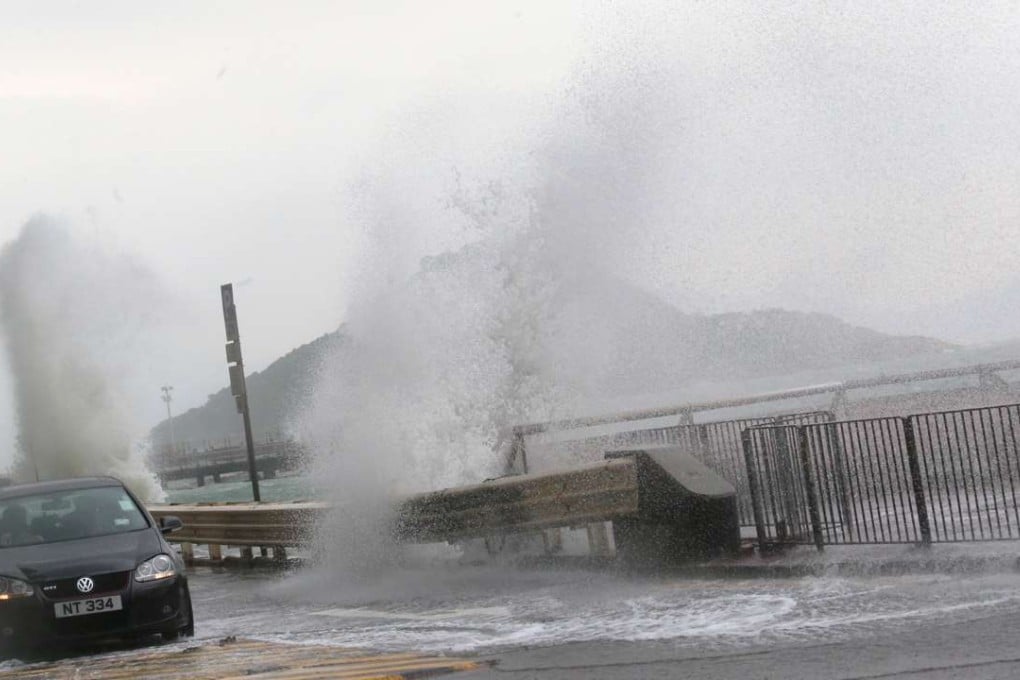Update | Typhoon Haima leaves one dead in Hong Kong as city counts the cost
Observatory lowers all storm warning signals after a day of wild weather leaves one man dead and forces businesses to close, with one expert putting losses at HK$5 billion

Hong Kong was paralysed on Friday by a powerful late-season typhoon that triggered the first No 8 storm warning in October in more than two decades, and left one man dead, although the city managed to escape major damage as the storm swept past.
But Typhoon Haima, named after the Chinese word for sea horse, may have cost the city an estimated HK$5 billion in lost business, and Hong Kong International Airport was left with a backlog of hundreds of cancelled or delayed flights.
Watch: Typhoon Haima brings Hong Kong traffic to a standstill
The No 8 signal was raised at 6.10am, as the typhoon came within 250km of the city, shutting down schools, businesses, courts, stock markets and offices. It remained in force for 11 hours, coming within 110 km at one stage.
The last No 8 storm signal issued in the month of October was for Typhoon Sibyl in 1995.
Students, office workers and others had an extra day off, making it a long weekend, while most government services were suspended and the Hong Kong Stock Exchange remained closed for the day.
Francis Lun Sheung-nim, chief executive of financial group GEO Securities, said: “I would estimate the cost per working day in Hong Kong would exceed HK$5 billion, that would be the kind of number.”